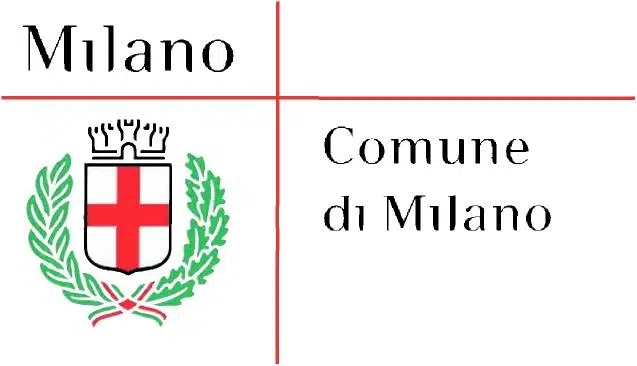Good Practice
Strade Aperte – Open Streets
Strategies, actions and tools for cycling and walking, a guarantee for distancing measures in urban travel and sustainable mobility.
POLICY OBJECTIVE
Strade Aperte responds to the need to limit cars, reduce traffic congestion and limit the increase of air pollution in the city. The aim was also to promote the concept of a 15-minute city. Objectives:
- Encourage active mobility for travel by developing a network of dedicated spaces for cyclists and pedestrians.
- Make it easier to comply with social distancing measures on narrow pavements, often bumpy or overrun by cars.
- Retool streets as public spaces on a human scale and at the centre of neighbourhood life.
CONTEXT
- Adapting the city —particularly infrastructures and public spaces— to the new distancing measures necessary to live with the virus.
- Reducing traffic congestion, CO2 and NOx levels, and climate-altering emissions.
- Promoting effective, safe and sustainable mobility for citizens in response to both the new emergency and the ‘classic’ critical issues of cities.
- Need to rethink city schedules and rhythms to reduce and distribute the demand for travel over the day
POLICY DESCRIPTION
72 km more of cycling paths between 2019-2021 creating new cycle paths even in sign only.
- Increase moderate-speed roads and 30 km/h zones and residential roads with prevalent pedestrian and bicycle mobility.
- Widen pedestrian paths by widening pavements.
- Temporarily pedestrianise in neighbourhoods by expanding the offer for play and physical activity for children.
- Conduct new tactical urban planning interventions as part of Piazze Aperte.
- Recover part of the capacity lost inside due to distancing measures by making it possible to place bar/restaurant tables in parking areas.
KEY ASPECTS
Strade Aperte offered innovative, rapid and cost-effective solutions to return public spaces to citizens by:
- Temporarily pedestrianising roads.
- Widening pavements.
- Expanding 30 km/h zones.
- Making connections with existing cycle paths.
- Creating outdoor areas.
RESULTS
In 2019, before the intervention, only 5% of individuals travelling on Corso Buenos Aires c/o Oberdan road during the day were cyclists. By September 2021, after the intervention, cyclists had increased to roughly 21%. Car use went from 75% to 58%. From 2019 to 2021, 72km of cycle paths were added





